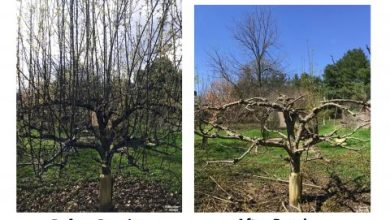All about dipladenia or mandevilla
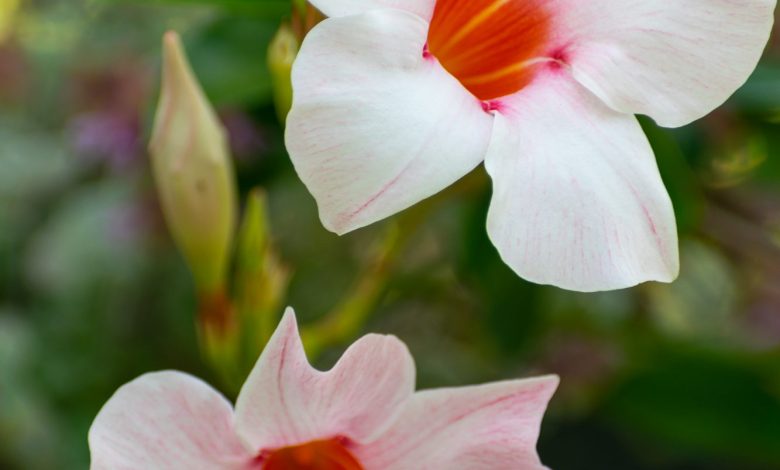
Dipladenia is a perennial climber that stands out for providing beautiful large flowers in bright colors. For this reason, it is one of the favorites of landscapers and gardeners, who use it as an ornament for terraces, gardens and public spaces. It has a tropical climate and its cultivation is low maintenance.
The dipladenia plant is also known as mandevilla and belongs to a botanical genus of ornamental climbers, which is why it turns out to be one of the most sought after when it comes to decorating arches or roundabouts, gardens and terraces.
Its origin is related to South America, specifically it is native to Rio de Janeiro, Brazil; which determines your needs, particularly as far as temperature is concerned. Likewise, it has a herbaceous bearing and in its natural environment can reach a height of several meters.
A particular characteristic of this plant is that it can become toxic if ingested. Likewise, when we cut any of its branches we can see that its interior contains latex, a white and viscous substance that, when in contact with the skin, could cause irritation; so it is advisable to use gloves when pruning or handling.
The flowers, its greatest attraction
Its flowers are trumpet-shaped with a usually yellow center and develop on long peduncles, where they form small clusters. In addition, some varieties such as the mandevilla laxa or Chilean jasmine, provide an exquisite aroma similar to that of gardenias.
We can find them in the gardens adorning with their beautiful colors. In this sense, you can choose versions of white dipladenia, red dipladenia and there are also variants in shades of pink and yellow.
Its flowering period covers from the spring season to autumn; especially if it is located in an environment with a favorable climate. At this time the flowers grow gradually, placing 2 to 3 on the stems. In addition, it is a flower that attracts butterflies, bees and hummingbirds.
About your care
Location and lighting
To have a dipladenia care begins by offering adequate lighting. The ideal place to keep this plant always beautiful all year round could be a greenhouse, balcony or porch where the sun gently illuminates. If we put it outdoors, we must find a place with partial sun, avoiding drafts and direct sunlight.
If we choose to put the plant inside the house, we must select a space that is sufficiently lit and far from windows or doors. In addition, we must avoid it being close to radiators and other sources of heat.
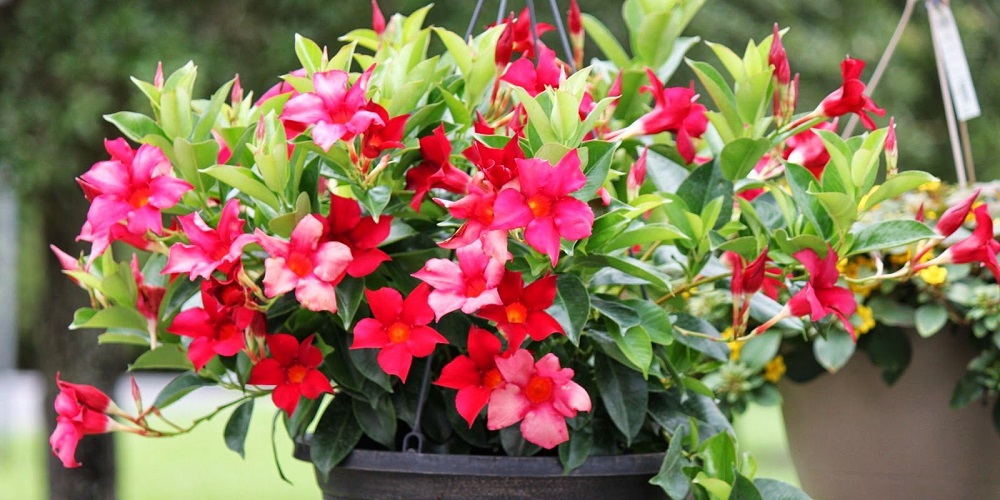
Irrigation
Watering should be regular, especially during its flowering period. This encourages the soil to dry between each one, avoiding waterlogging or excess moisture. Likewise, when it is placed indoors during the winter, we must space out the risks. Likewise, care must be taken at this point when it is planted directly in the ground, since its deep roots are capable of holding water.
Substrate and fertilizer
Among the care of dipladenia, the quality of the substrate is one of the most important. In this sense, the substrate must be rich in nutrients, loose and well drained. In addition, we must provide a fertilizer with a higher amount of phosphorus than nitrogen and potassium. This will help give the plant strength during flowering.
Temperature
Since it is a plant native to a warm climate, its ideal temperature ranges between 15 and 29°C. In other words, dipladenia is a chilling species that cannot withstand frost or temperatures below 7 degrees. Therefore, we must protect it as best as possible during the winter months.
Pruning
Dipladenia is pruned in spring, preferably, in order to prepare it for summer. It is a simple task in which we only have to remove its broken or dry branches. As soon as it begins to mature and grow, the pruning should be more rigorous.
What you should know about its cultivation
Above all, it is essential to consider that the best time to multiply, transplant or cultivate dipladenia is when the plant is not in its flowering period.
If the planting is done directly in the ground, we cannot ignore the importance of choosing a suitable place for its full development, since it is a plant that acquires woody characteristics as its stems grow. Therefore, it is advisable to leave enough space between dipladenia and other plants.
To plant it, we must first start by removing the soil with a shovel, add compost for optimal nutrient retention and then proceed to dig a hole that is not too deep for its roots.
Likewise, if we want the mandevilla or dipladenia to climb and develop as a vine, we must provide a trellis for this purpose. We can also cultivate it on the ground in a creeping way.
In addition, it is a species that easily develops in hanging baskets or in pots. In this sense, we must have a pot provided with a good substrate, which must have a drainage layer at the bottom; either clay or gravel, so that the water circulates smoothly.
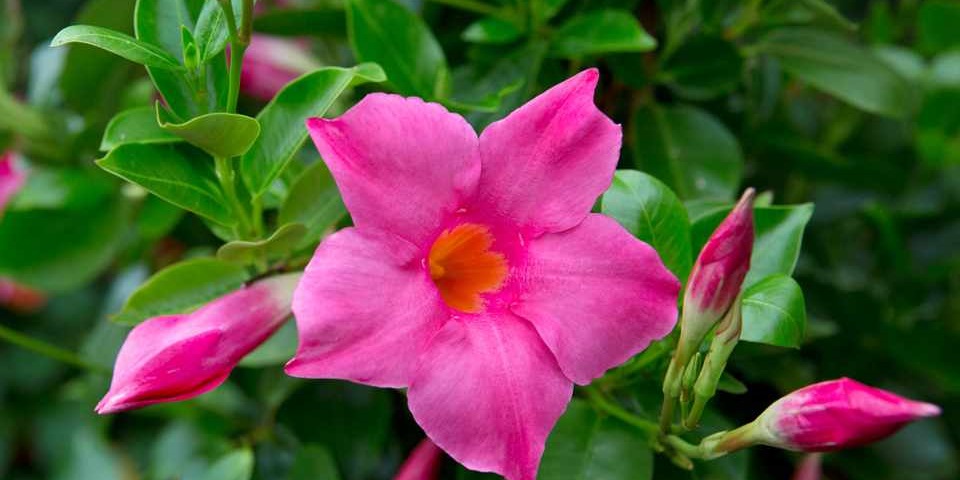
Know the multiplication techniques
To reproduce this plant, the most recommended time is spring. We can use two techniques for this: by seeds or by cuttings. In the case of seeds, we must soak them for 12 hours prior to cultivation and sow them in the soil at a shallow depth. After 30 days the first shoots can be seen.
But if we do not want to wait, we can opt for cuttings. These should be cut in spring or summer, 10 cm long. We proceed to clean them of the latex, impregnate them with hormone powder and then place them in sand inside a greenhouse.
Dipladenia diseases
Like most plant species, the plant in question can also be attacked by some pests. In dipladenia, diseases can be identified through the change in color of its leaves. If you have a dipladenia with yellow or brown leaves, it is probably being attacked by a virus. But it could also happen that the red spider is being victimized. To avoid damage to the leaves or the death of the plant, it is essential to control the pest with a product specially prepared for this purpose.

![Photo of Pear Tree Pests and Diseases: [Detection, Causes and Solutions]](https://www.complete-gardening.com/wp-content/uploads/2022/08/pear-tree-pests-and-diseases-detection-causes-and-solutions-390x220.jpg)
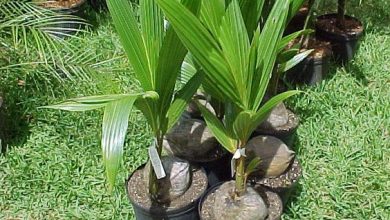
![Photo of Pink Garlic: [Growing, Irrigation, Care, Pests and Diseases]](https://www.complete-gardening.com/wp-content/uploads/2022/08/pink-garlic-growing-irrigation-care-pests-and-diseases-390x220.jpg)
